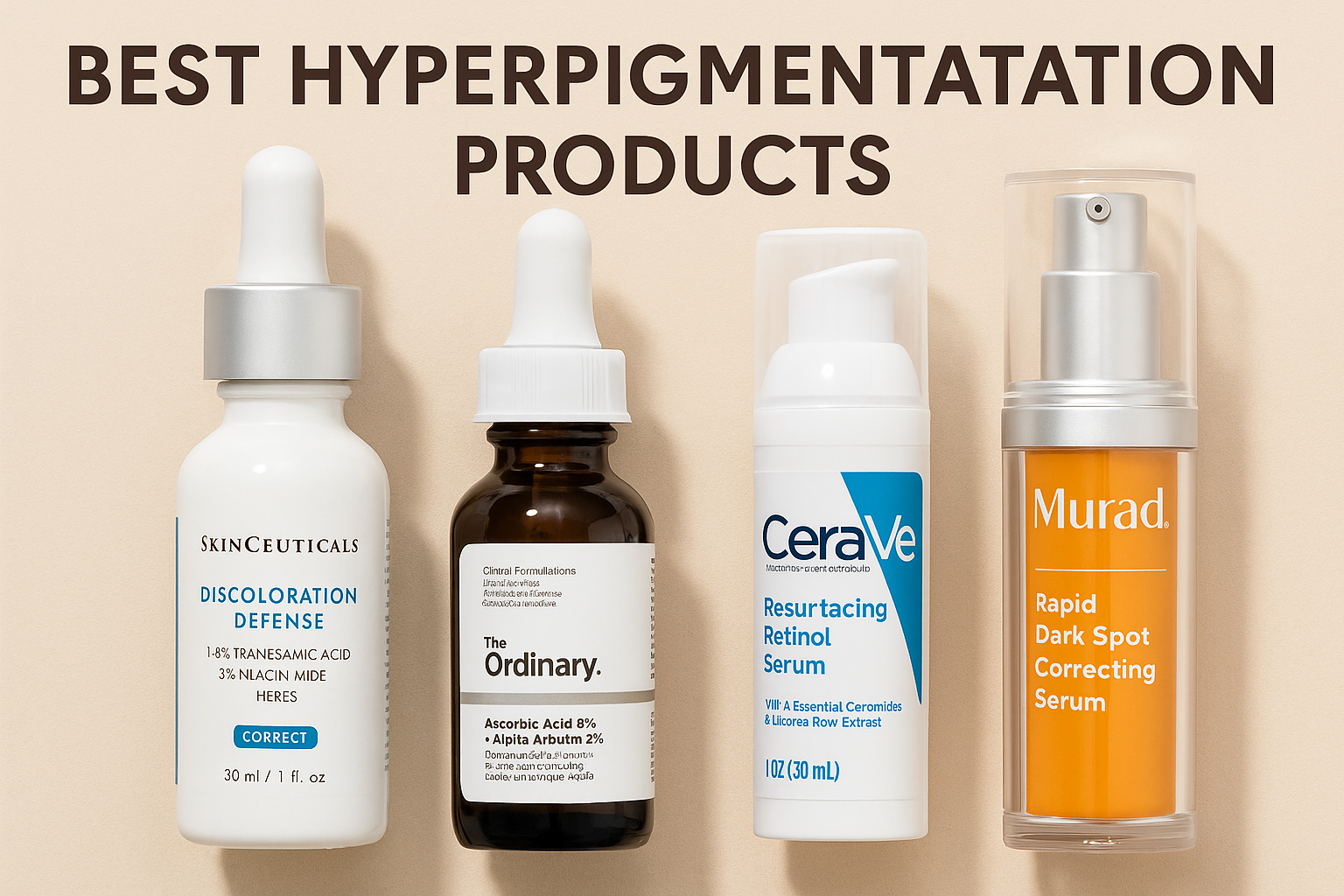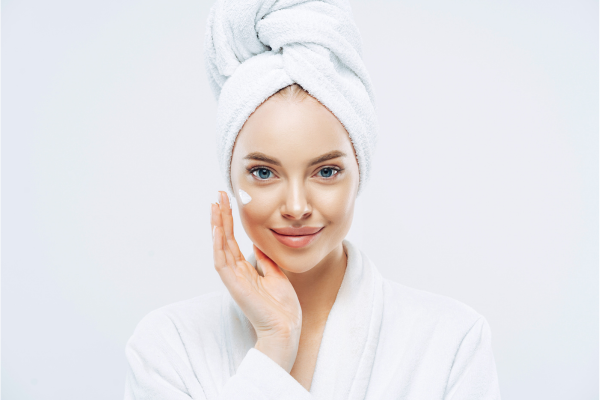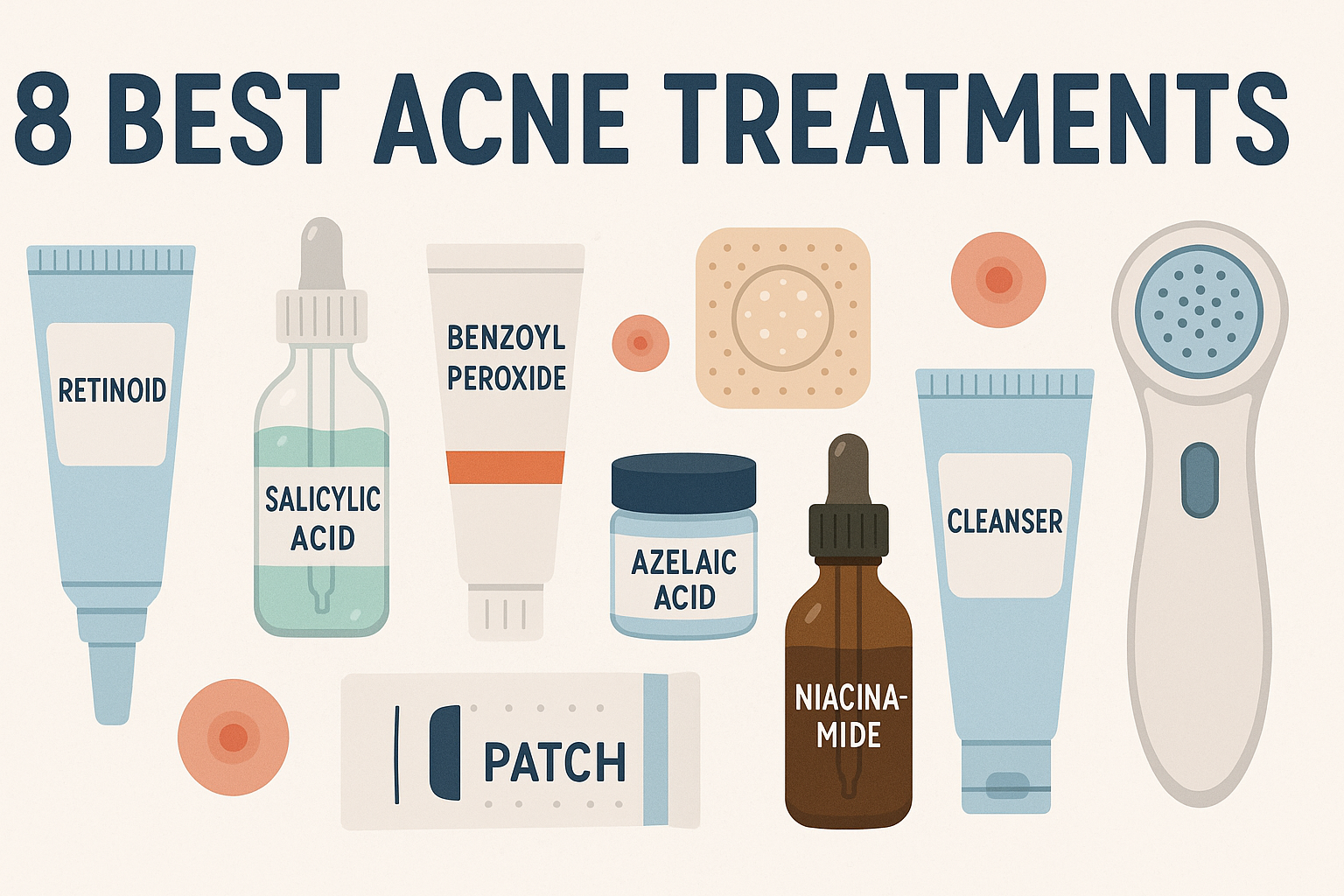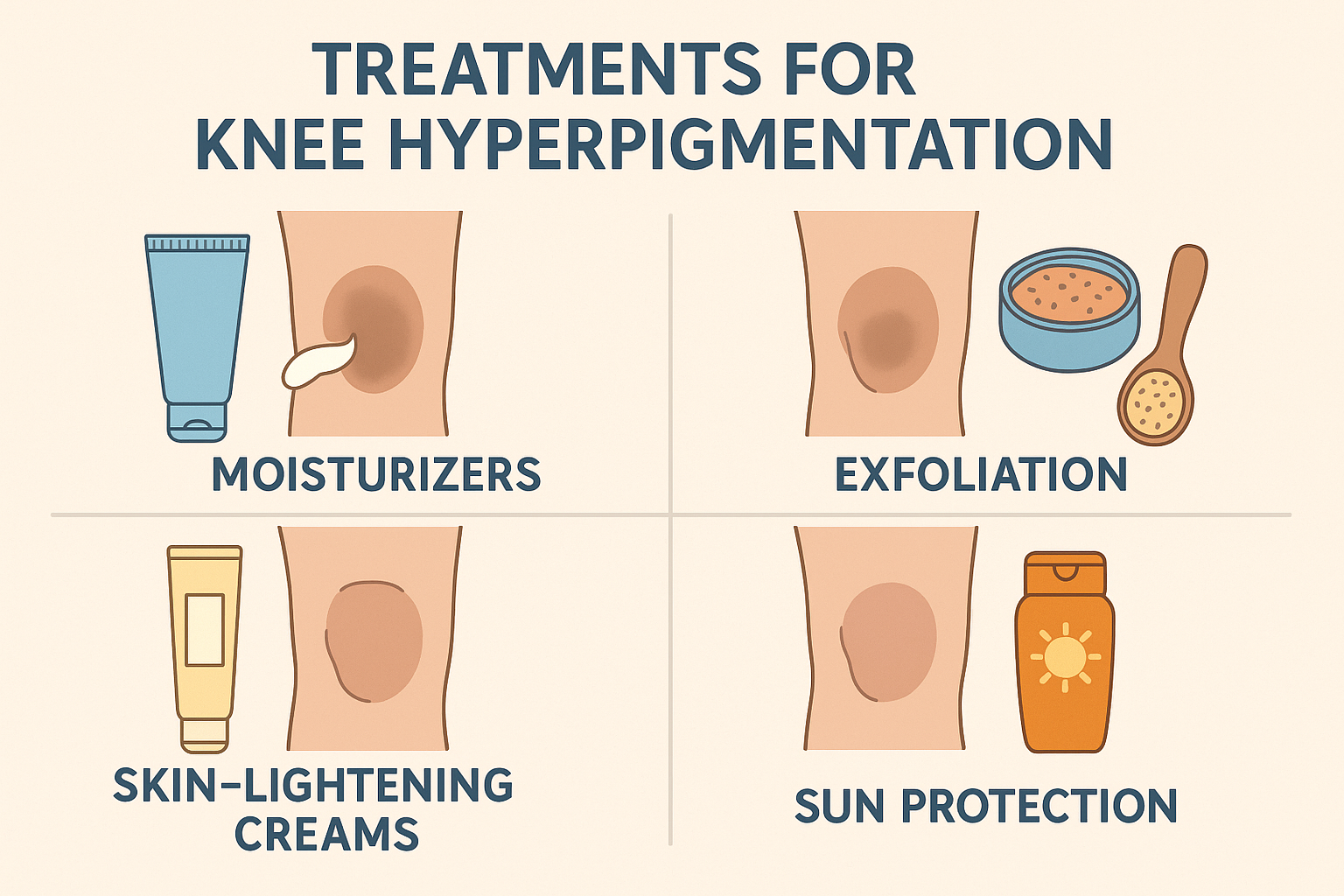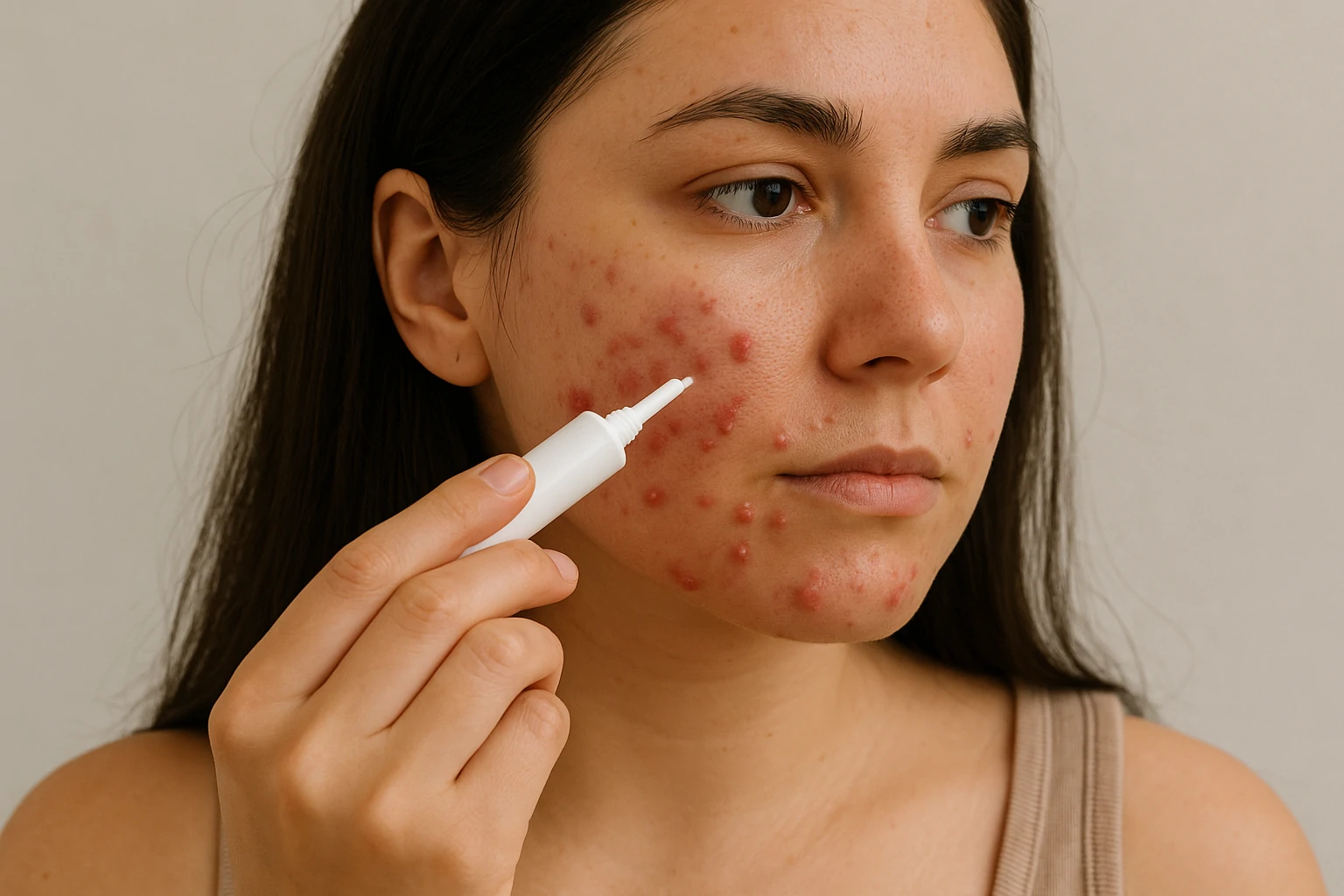Foods That Cause Oily Skin: What You Should Avoid for Clearer Skin
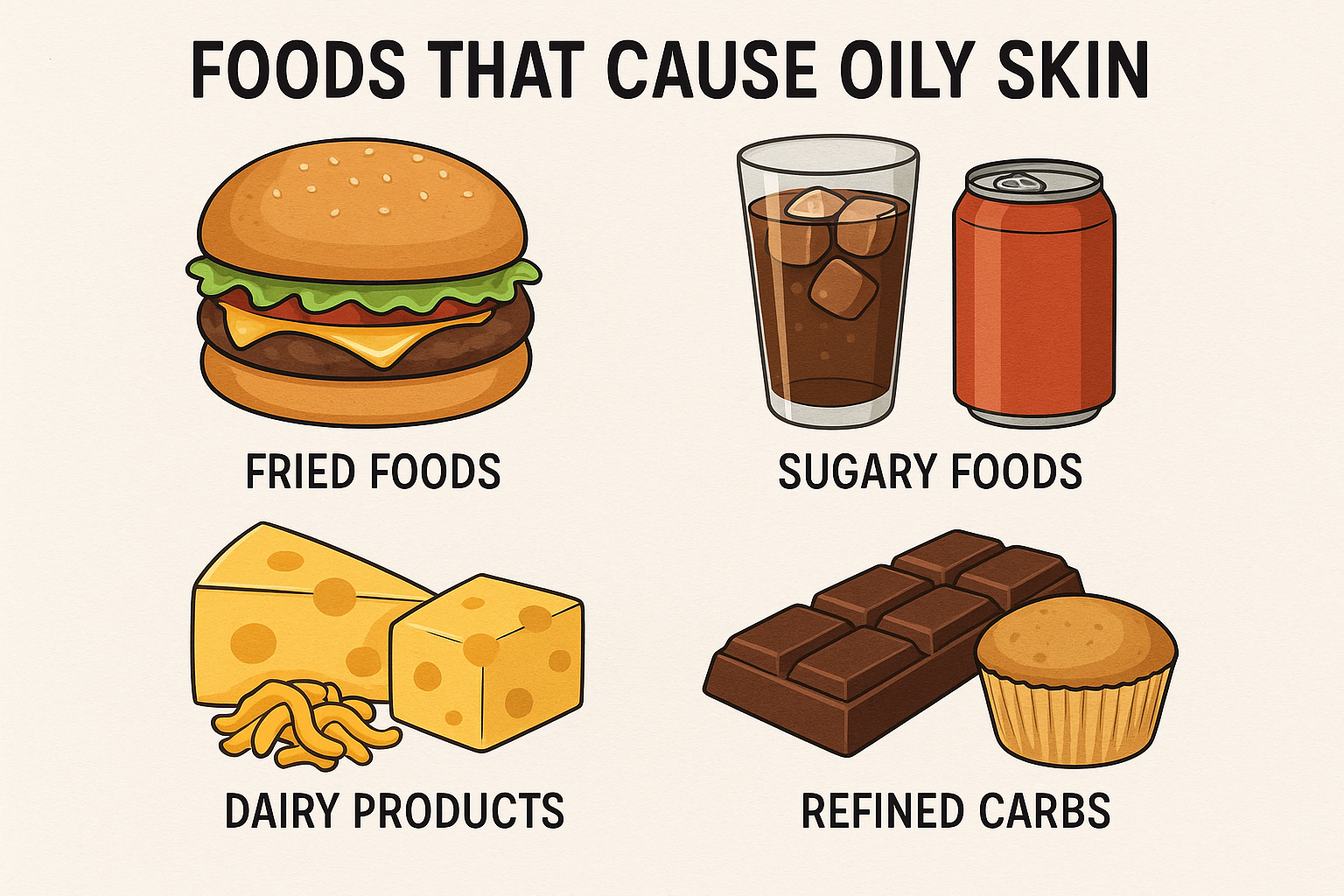
Fresh, glowing skin is definitely a trending beauty ideal, but it’s important to distinguish between a healthy glow and skin that looks excessively oily. Overly oily skin isn’t just a cosmetic issue—excess oil can lead to clogged pores, breakouts, and stubborn blemishes. One common but often overlooked trigger is foods that cause oily skin, or foods that stimulate excessive oil production on the face.
Naturally, having oily skin is completely normal and even beneficial, as it helps maintain the skin’s natural moisture. However, when sebum is produced in excess, it can create unwanted shine and worsen skin conditions. Many of us focus on external skincare, but often forget that what we eat plays a big role in our skin’s condition.
Our skin reflects what’s going on inside our bodies, and diet plays a key role in maintaining its balance. Certain foods—especially those high in sugar, saturated fats, or processed ingredients—can trigger excess oil production, which may lead to acne and other skin problems.
You may have tried various skincare products, like salicylic acid serums for acne, but if you’re still consuming foods that cause oily skin, topical treatments alone won’t be enough. To truly understand and address the root of the problem, we spoke directly with nutritionists and dermatologists to identify which foods can make your skin oilier—and how you can avoid them.

Effects of Salt on Skin
While it’s not the most pleasant news, salt is one of the hidden factors that can significantly affect your skin’s condition. Excessive salt intake can lead to dehydration, as the body pulls water from cells to balance sodium levels. As a result, the skin can become dry from within. To compensate, your body may produce more natural oil (sebum), making salt one of the foods that can trigger oily skin.
Salt can also contribute to water retention, which may cause puffiness in the face, swelling, and under-eye bags. These effects can make your face look tired, dull, and less refreshed—even if you follow a regular skincare routine.
To support healthier skin, a simple step you can take is to reduce the use of added salt when cooking, and start choosing packaged foods that are labeled low in sodium. Products like unsalted roasted nuts or low-sodium soups can be better options for both your skin and your overall health.
How Red Meat Can Cause Oily Skin and Acne
Red meats like sausages, beef, lamb, and bacon may be delicious, but eating them too often can have negative effects on your skin. According to Boland, these types of meat are high in saturated fats, which can trigger inflammation in the body—including the skin. This inflammation may lead to increased oil production, making your skin look oilier and more prone to breakouts.
Excess oil can also clog pores, worsening common skin issues like blackheads and inflamed acne. If your skin still feels oily even after sticking to a regular skincare routine, your diet—especially red meat intake—could be one of the underlying causes.
As a healthier alternative, try cutting back on red meat and replace some of it with leaner protein sources, such as skinless chicken or oily fish like salmon. These options contain less saturated fat and can help your skin stay more balanced.
Meat Substitutes and Oily Skin: What’s the Link?
Although they may seem healthy, vegan burgers like Impossible or Beyond aren’t always skin-friendly. Many of these products contain highly processed soy and saturated fats—both of which can stimulate excess oil production in the skin. These ingredients may also trigger mild inflammation, which can worsen oily skin, especially for those prone to acne.
While switching from meat to plant-based alternatives is often done for health or environmental reasons, it’s also important to pay attention to the ingredients in these meat substitutes. Heavily processed products can still negatively impact your skin.
As a better option, when you’re craving a burger, go for patties made from whole ingredients like lentils, chickpeas, or black beans. These are more natural, rich in fiber, and contain healthy fats that can help maintain balanced oil levels in your skin.
Why Sugar Might Be Causing Your Skin to Get Oily
If you think sugar is safer for your skin than salt, unfortunately, that’s not the case. According to Hope, foods high in sugar can raise levels of IGF-1—a hormone that promotes growth but also triggers excess oil production in the skin. This is one of the reasons why high sugar intake is often linked to oily skin and acne.
Sugar also causes insulin spikes, which can lead to inflammation and worsen already sensitive skin conditions. While sweet snacks might be enjoyable, their impact on your skin can leave it looking dull, oily, and more prone to breakouts.
For a healthier choice, try swapping sugary snacks for something just as tasty but better for your skin—like fresh apples or whole-grain crackers with guacamole. These snacks are high in fiber, low in sugar, and rich in healthy fats that support your skin’s natural oil balance.
Can Refined Carbohydrates Really Cause Oily Skin?
Processed foods like white bread, white pasta, and white rice can also affect your skin—much like sugar. These foods have a high glycaemic index, which can raise levels of IGF-1, a hormone that stimulates excess oil production in the skin. When combined with sources of saturated fat, such as red meat (like in a meat spaghetti dish), the effects can double: oilier skin and a higher risk of breakouts.
These refined carbs are also quickly digested, causing blood sugar spikes that increase inflammation—something that directly impacts skin health. That’s why relying on these types of foods regularly can make your skin appear duller and oilier.
As a healthier alternative, switch to whole grains like whole wheat, brown rice, or other unprocessed grains. These not only help regulate oil production but are also higher in fiber, support digestion, and may even help reduce belly fat when part of a balanced diet.
Do Dairy Products Cause Oily Skin? Here’s the Answer
Dairy products can be a hidden trigger for acne and oily skin. According to Hope, dairy can affect hormone levels in the body—especially IGF-1, a hormone known to increase oil production and cause skin inflammation. However, she also advises not to blame dairy entirely. It’s a good idea to first reduce refined carbohydrates, which also have a significant impact on the skin.
Although dairy provides important nutrients like calcium and protein, certain types—especially highly processed or low-fat dairy—are more commonly linked to skin issues. For example, some studies have found that skim milk may trigger acne more than full-fat milk.1Danby FW. Acne: Diet and acnegenesis. Indian Dermatol Online J. 2011;2(1):2-5. doi:10.4103/2229-5178.79851
As a better option, you can choose full-fat milk in moderation or consider switching to plant-based alternatives like almond, oat, or unsweetened soy milk, which tend to be gentler on sensitive skin.
Does Alcohol Cause Oily Skin? Here’s What You Should Know
Alcohol has diuretic properties, meaning it increases fluid loss from the body and can lead to dehydration. When the body loses water, the skin is affected too—it becomes dry and loses its natural moisture. In response, the skin may produce more oil to compensate, which can make the face appear greasy, dull, and more prone to breakouts.
This condition can worsen if you drink alcohol regularly or don’t stay properly hydrated. Some alcoholic drinks are also high in sugar, which can further stimulate sebum production and skin inflammation.
As a healthier alternative, try non-alcoholic drinks like infused water, sparkling water, or herbal tea when socialising. If you do choose to drink alcohol, make sure to drink water before and after to stay hydrated and help your skin stay balanced. It’s a simple step that can make a noticeable difference in your skin’s appearance.
Can Fruit Juices and Dried Fruit Trigger Oily Skin?
Mocktails and fruit juices often seem like healthy choices, but that’s not always the case. While they come from natural ingredients, these drinks are typically high in sugar—either from the fruit itself or added sweeteners. Excess sugar can trigger inflammation in the body and increase oil production in the skin, making it more prone to oiliness and breakouts.
Unlike whole fruit, fruit juice lacks most of its natural fibre, which normally helps slow down sugar absorption into the bloodstream. As a result, sugar levels spike faster, triggering hormonal responses that aren’t ideal for skin health.
A better option is to eat whole fruits paired with a handful of nuts—like almonds or walnuts—for extra protein and healthy fats that support skin balance. When it comes to drinks, plain water is still the best choice. You can add a splash of fresh citrus or opt for unsweetened sparkling water for a refreshing taste without the skin-related side effects.
Does Peanut Butter Cause Oily Skin? Here’s What to Know
Peanut butter is a favourite for many thanks to its rich, savoury flavour and creamy texture. However, behind its delicious taste, peanut butter is typically high in omega-6 fats. When consumed in excess, omega-6 can trigger inflammation in the body—including the skin—which may lead to acne and increased oil production.2Ozdarska K, Osucha K, Savitskyi S, Malejczyk J, Galus R. Rola diety w patogenezie trądzika pospolitego [Diet in pathogenesis of acne vulgaris]. Pol Merkur Lekarski. 2017;43(256):186-189.
The key issue is balance. The body needs both omega-6 and omega-3 fats, but when omega-6 intake far outweighs omega-3, the skin can become stressed and inflamed, making oily skin worse.
As a healthier alternative, consider swapping peanut butter for tree nuts like almonds or walnuts, or add omega-3–rich seeds like chia or flaxseeds to your diet. These healthy fats help calm inflammation, balance oil levels, and support naturally clearer, healthier-looking skin.
Fried Food and Oily Skin: What’s the Link?
Even though it’s often repeated, it’s worth emphasising again: fried food is one of the biggest enemies of healthy skin. Foods deep-fried in large amounts of oil usually contain saturated fats and trans fats—two types of fat known to trigger inflammation in the body. This inflammation doesn’t just affect overall health; it also speeds up oil production in the skin, leading to a greasier complexion and more breakouts.
Fried foods are often cooked using the same oil multiple times, increasing trans fat content and raising the risk of skin irritation. If you’re struggling with dull, oily, or acne-prone skin, your fried food intake might be part of the problem.
For a healthier alternative, try cooking with avocado oil or olive oil, both rich in healthy fats. You can also use an air fryer, which gives that crispy texture without the extra oil—making it a much friendlier option for your skin and overall health.
Is Your Daily Coffee Habit Causing Oily Skin?
Coffee is a daily go-to for many people, but unfortunately, its caffeine content can have negative effects on the skin. Caffeine is known to raise levels of the stress hormone cortisol. When cortisol increases, the body tends to produce more oil, which can make the skin appear greasier and may even trigger breakouts—especially in those with acne-prone skin.
The problem doesn’t stop there. Many people add sugar or creamer to their coffee, which can further worsen skin issues. The combination of caffeine and sugar can create a chain reaction: hormonal stress, blood sugar spikes, inflammation, and eventually excess oil production.
As a healthier alternative, try switching to green tea. It still contains a small amount of caffeine but is rich in antioxidants and has anti-inflammatory properties. Green tea offers a gentler energy boost while also helping to calm the skin and reduce inflammation—making it a more skin-friendly choice.3Musial, C., Kuban-Jankowska, A., & Gorska-Ponikowska, M. (2020). Beneficial properties of green tea catechins. International journal of molecular sciences, 21(5), 1744.
Can Soft Drinks Really Cause Oily Skin and Acne?
Sweet sodas may be refreshing—especially on a hot day—but behind the tempting taste lies a high sugar content. Excess sugar can raise levels of IGF-1, a hormone that directly triggers increased oil production in the skin. It’s no surprise that regular soda consumption is often linked to oily, dull, and acne-prone skin.
The sugar spike from soda also causes inflammation in the body, which can worsen skin conditions—even if you stick to a solid skincare routine.
For a more skin-friendly alternative, you might consider diet soda, which doesn’t contain sugar, though it should still be consumed in moderation. If you’re simply after the fizzy sensation, try unsweetened sparkling water instead. Add a slice of lemon or a few mint leaves for a natural, refreshing flavour—without the negative effects on your skin.
Conclusion
Oily skin isn’t just about genetics or a lack of skincare—it’s also closely linked to what you eat and drink every day. Certain foods and drinks, such as fried foods, red meat, dairy products, sugary snacks, and refined carbohydrates, are known to trigger excess oil production and worsen acne. Even seemingly healthy options like fruit juice or vegan meat substitutes can have a negative impact if they’re high in sugar, saturated fats, or processed soy.
Other factors like caffeine and alcohol can also affect hormone balance and hydration levels, leading to oilier skin. Diets high in omega-6 fats, such as those found in peanut butter, may trigger inflammation unless balanced with enough omega-3s.
The key to managing oily skin isn’t just skincare—it’s also about maintaining a balanced diet. Swapping oil-triggering foods for healthier options like whole grains, nuts, healthy fats (like avocado or fish), and drinking more water can help keep your skin’s natural oils in check.
In short, if you want healthy, shine-free skin, focus not only on what you apply to your face—but also on what you eat and drink each day. Clear, balanced skin starts from within.
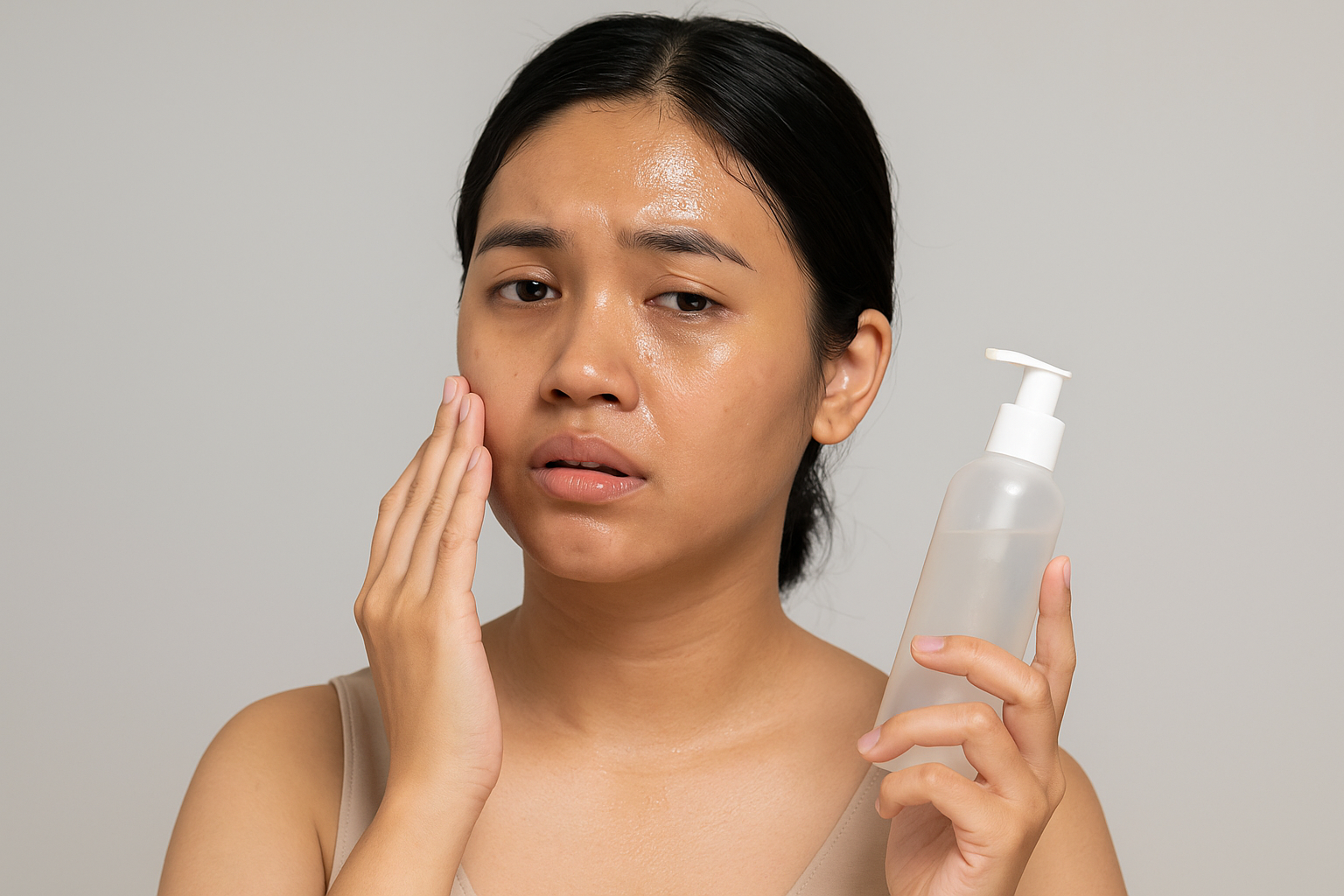
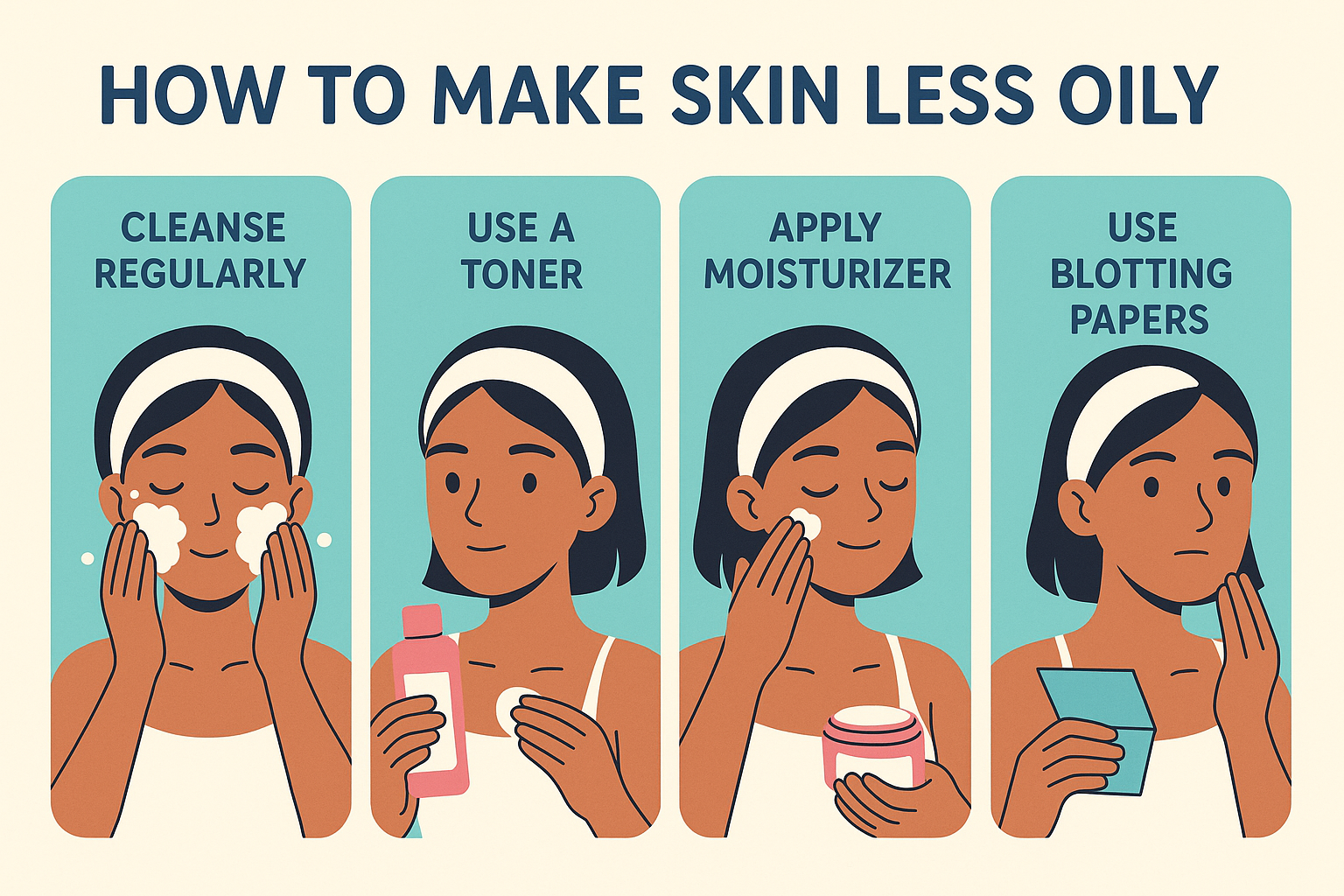
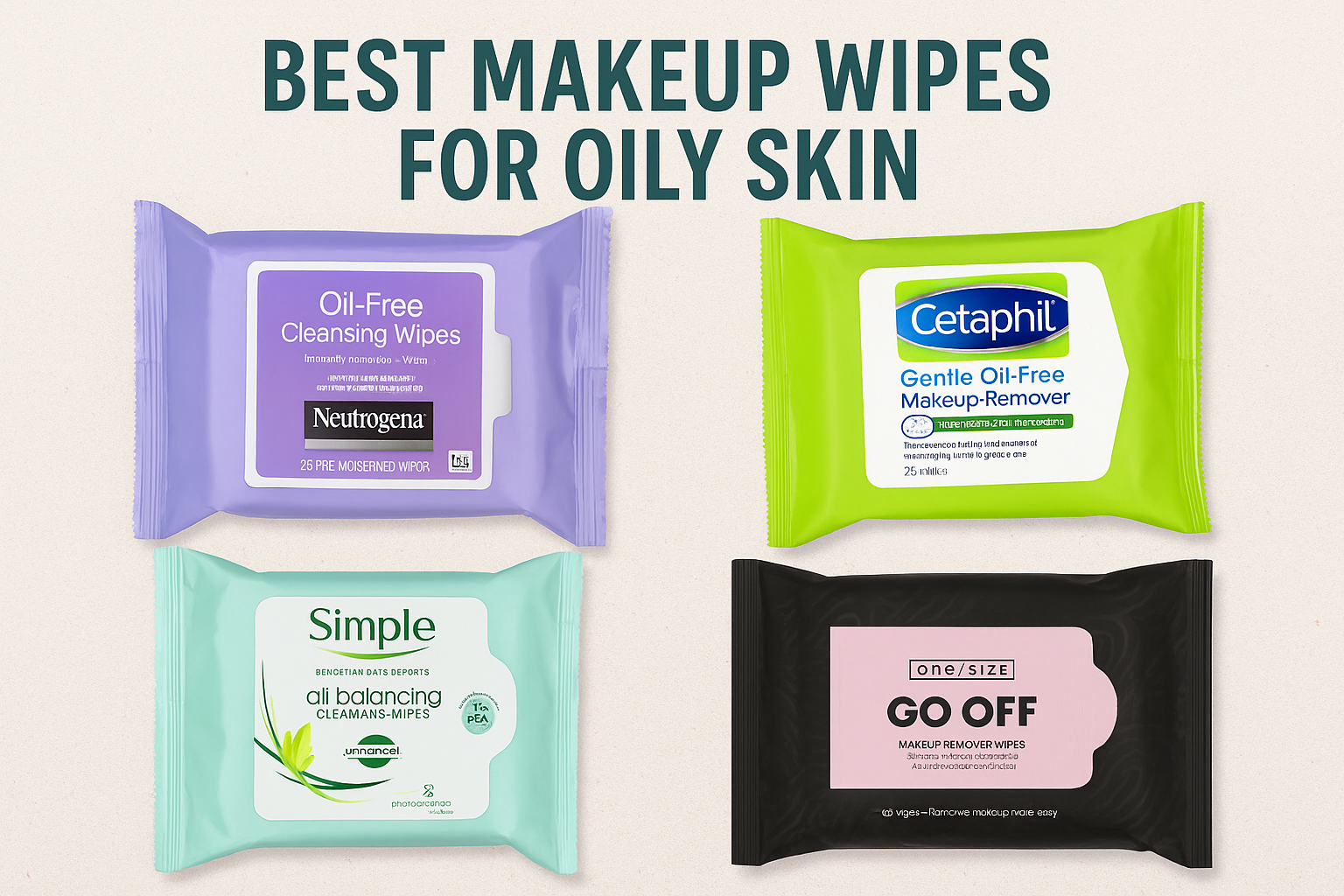
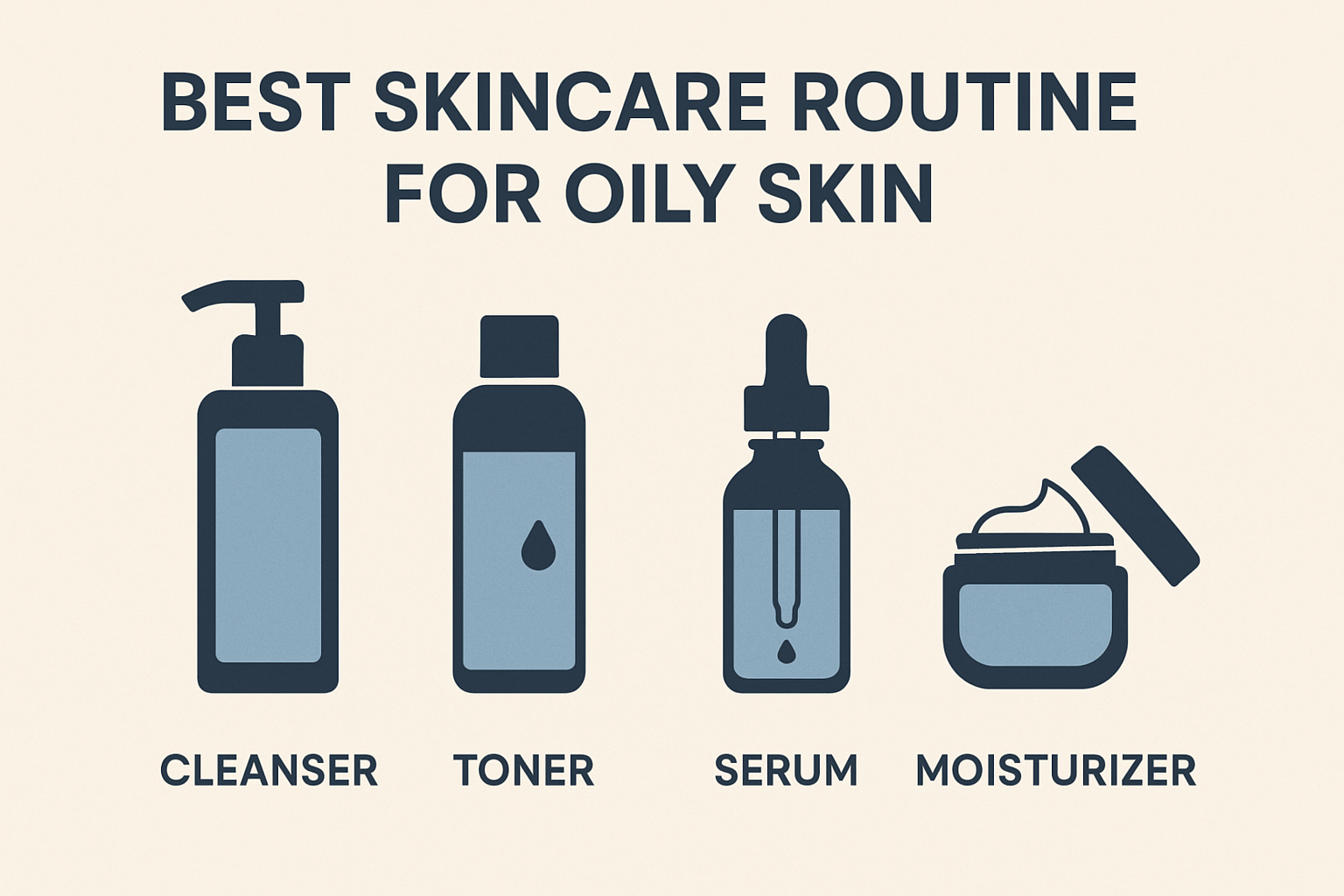
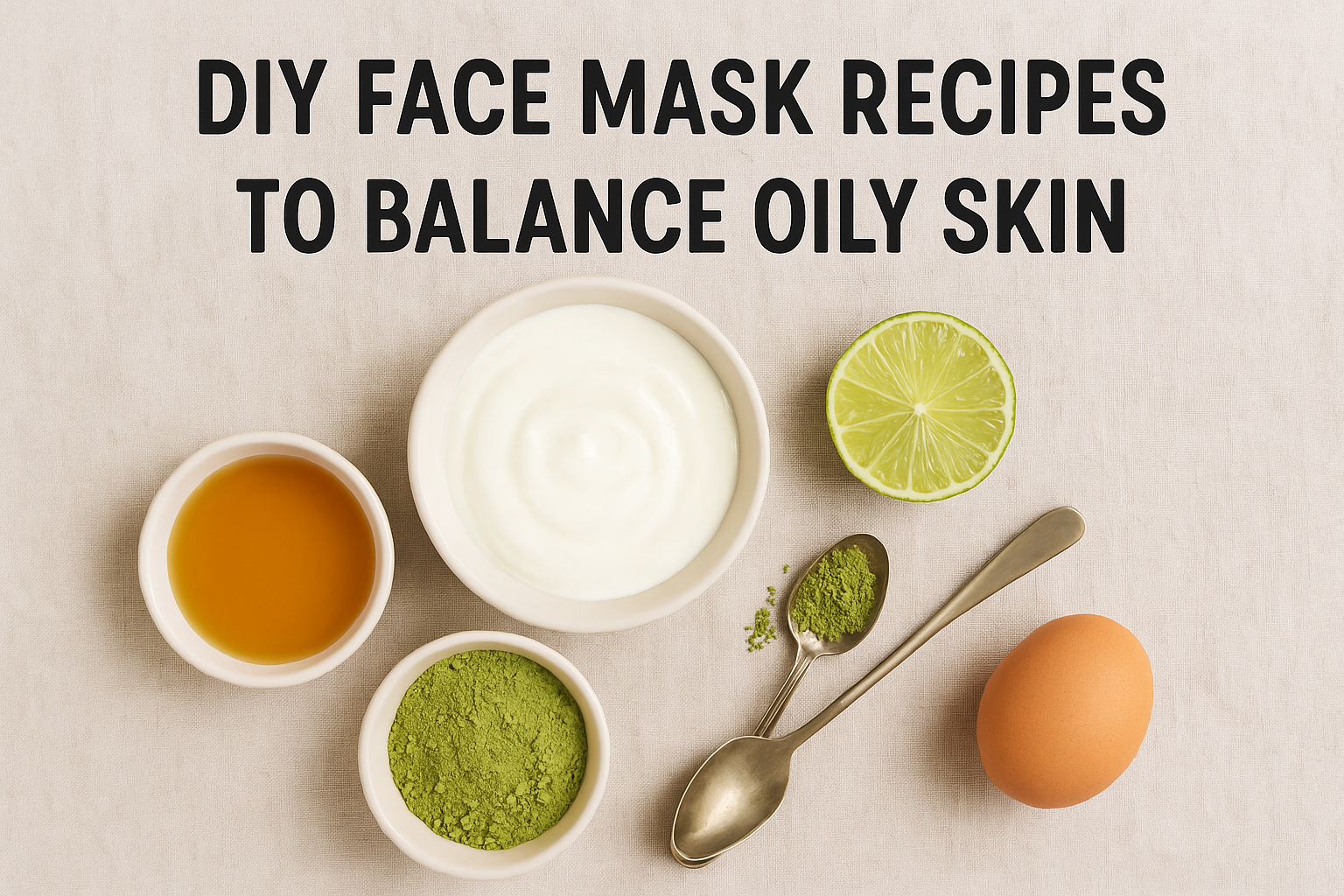
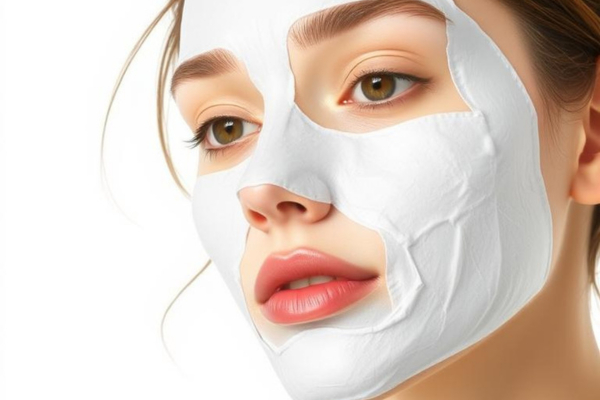
 Acne
Acne Anti-Aging
Anti-Aging Business
Business Digital Marketing
Digital Marketing Economics
Economics Movies
Movies Personal Finance
Personal Finance Websites
Websites
